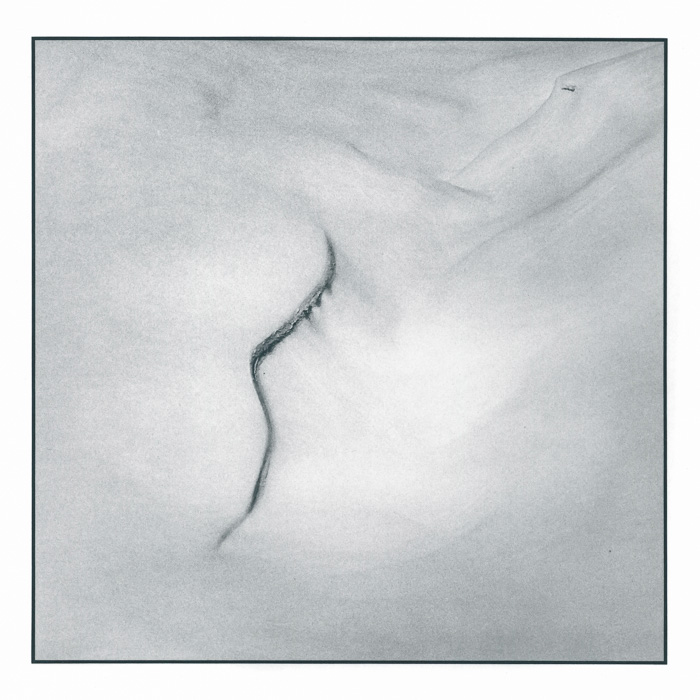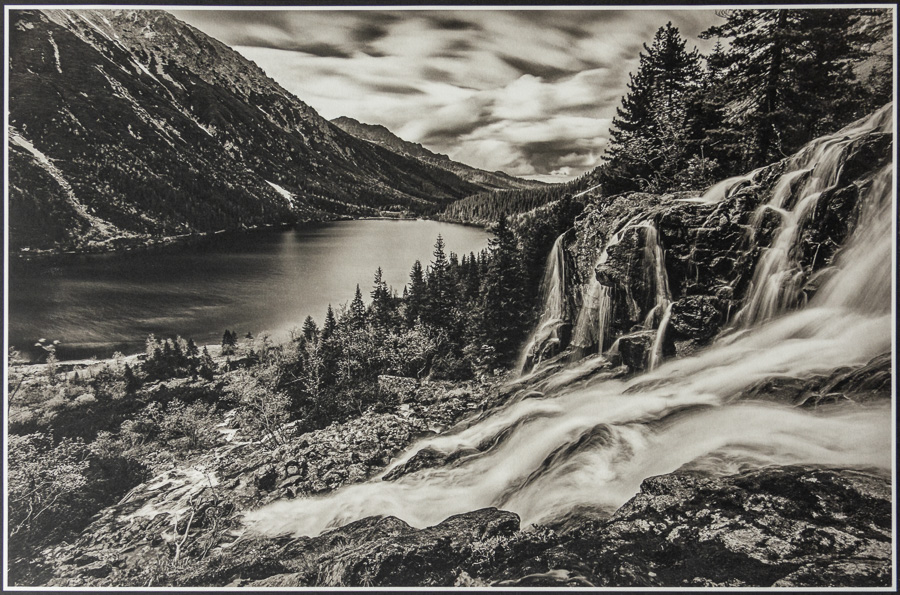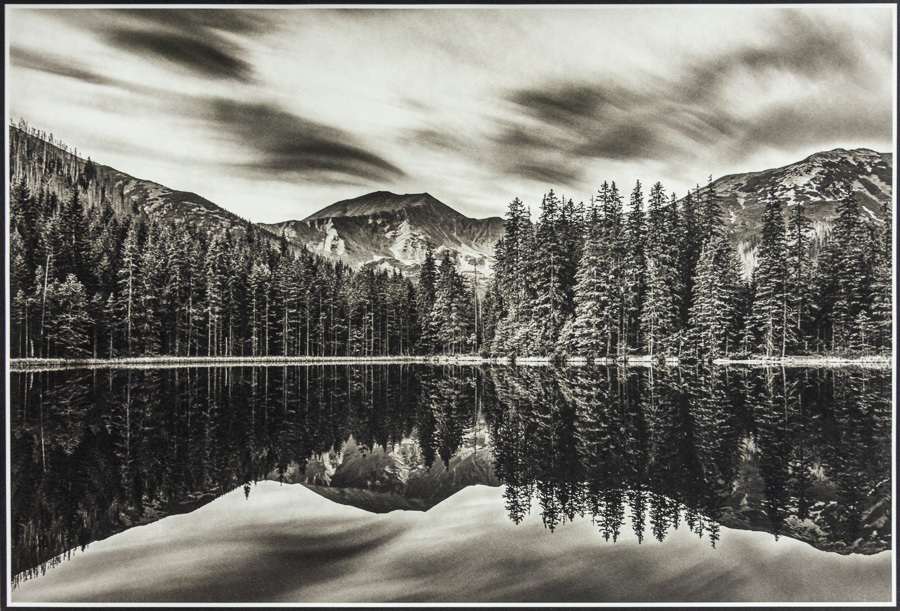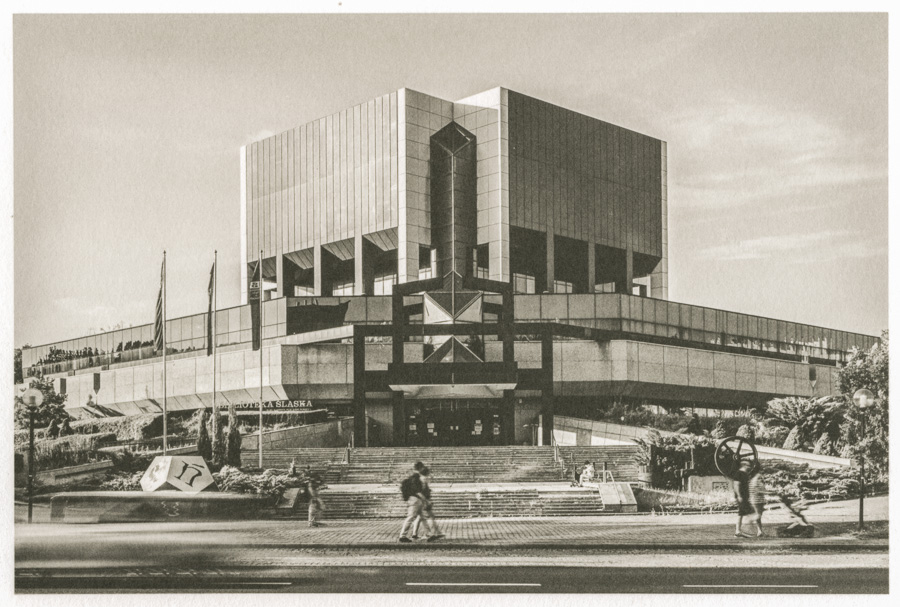Digital Negative Masterclass Workshops - an introduction workshops to historical techniques
Workshop are conducted by: artist photographer Krzysztof (Chris) Strzoda
More about the workshop leader: authors website http://kstrzoda.com
The proprietary Masterclass Workshops are a unique opportunity to see the workshop and gain knowledge directly from an artist who has repeatedly participated and won awards in various competitions, including historical techniques competitions.
Date: next in 2025 or ask
Standard group 3-5 persons, individual/solo possible (for request)
Workshops duration: 16 hours (Saturday and Sunday)
Price: 370 Euro (incl.VAT/gross price)
Registration/questions: edutechpl [[at]] gmail [[dot]] com
Description:
The workshops is dedicated to all creators, artists who start work in historical techniques or want to improve the already performed process of creating their own works based on digital negatives. The training is recommended for all those who plan to participate in the Platinotype / Palladotype workshops, being the first preparation for dealing with these techniques (introducing elements of preparing negatives adapted to the process and own photosensitive papers, reducing the number of later errors).
The aim of the workshops is to learn how to prepare a digital negative and to introduce you to historical techniques on the example of a Platinotype / Palladotype. Thanks to participation in the workshops, you will learn how to prepare a perfect digital negative. Perfect for you, that is, meeting your own requirements and expectations regarding the final image prepared in historical photographic techniques.
The workshops cover theoretical and practical issues of preparing a digital negative with a wide tonal range from digital photographs or scans of analog negatives. The issues of creative influence on the prepared negative will also be presented in order to obtain the expected results.
You will learn to use a modern and at the same time economical technique of your own preparation of photosensitive materials (covering the paper with a sensitizer / photosensitive solution) and make your own prints using the Platinotype / Palladotype.
During the workshops:
- you will learn the methods of process calibration,
- you will prepare two digital negatives for work in the technique of a Platinotype / Palladotype with the help of a teacher,
- you will learn how to prepare a print using the technique of a Platinotype / Palladotype,
- while learning how to coat, you will prepare 10 papers coated with a sensitizing solution,
- you will make prints in the Platinotype / Palladotype technique (up to 4 pcs),
- you will learn what to pay special attention when calibrating and creating correction curves and what factors to use in the chain: base image-printer-negative-final image,
- you will learn what factors and how affect the final image (print).
In addition, it is a unique opportunity to learn how to assemble tools for working with the platinotype/palladiotype printing technique or how to prepare/build tools yourself, as well as learn about the sources of purchase.
We provide all participants of the workshops with:
- materials necessary to work in the workshops program (reagents, papers, foils, etc.),
- a professionally equipped studio / darkroom,
- printing of two digital negatives,
- drinks (coffee, tea, juices, water min.) during the course.
At the end, the participant receives a compendium of knowledge from the workshops.
Maximum group size - 5 people
Workshops plan (compendium):
0. Discussion of the necessary tools, health and safety issues (reading the regulations, safety data sheets and process cards).
1. Presentation of workshops issues.
2. Negative and photographic process.
a) analog and digital negative
a) the tonal scale of the negative and the process
c) process calibration
3. Methods of contrast adjustment.
4. Selected techniques of calibration and preparation of digital negatives.
5. Printing negatives - films, printers, inks, troubleshooting.
6. The choice of papers for the process - features of modern papers, the choice of papers for iron techniques, problem solving.
7. Calibration of the Cyanotype or Kallitype process.
a) learning to cover the paper
b) determining the standard exposure time
c) preparation of test prints for calibration
d) scanning and preparation of the process curve
e) recalibration and creative modifications
8. Preparation of prints in the historical technique
a) preparation of the digital negative for the process
b) preparing photosensitive paper
c) UV irradiation
d) chemical process
9. Summary of the workshops, whats next?
*Platinotype / Palladotype
A historical photographic technique that enables obtaining photographic images considered to be the most durable in terms of archival performance, in which a photographic image is created in the process of UV irradiation of handmade paper covered with a sensitizer solution; after exposure and wet processes of development and clarification created image consists only of colloidal particles of the most durable precious metals: platinum, palladium or their mixture and sometimes also with the addition of other precious metals, e.g. gold (the composition depends on the individual preparations made by the author sensitizer solutions). The technique involves contact exposure: the image is exposed from a negative of the same size as the contact print, placing it directly on sensitized paper.
Specially selected top-quality papers with a natural cotton or linen base, also created in historical production techniques, the image created by precious metals, as well as a specially selected photochemical process, guarantee an unparalleled durable image.
They make it possible to obtain images with extremely beautiful, subtle tonal transitions, unique atmosphere and vividness.
Each print is unique both because of the technique used, as well as the author's own hand-made process from preparing the negative, through sensitizing, exposing, developing and drying.





